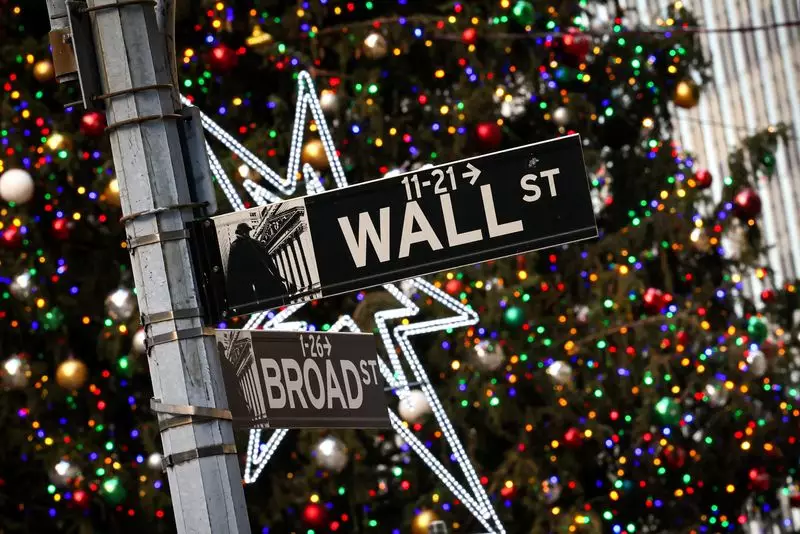As the holiday season settles over Wall Street, the markets experience typical fluctuations driven by both investor sentiment and year-end projections. The trading environment is affected significantly by the performance of a few large-cap stocks, also known as the “Magnificent Seven.” This article examines the state of Wall Street as of the recent Tuesday before Christmas, digging into the key drivers behind the market’s movements and the overall context influencing investor decisions.
In a time of usually reduced trading activity, certain stocks shone brightly in the recently concluded session. Growth stocks, especially those categorized among the largest firms on the market, are seen as pivotal for the overall market performance. The focus on these megacap stocks is particularly pronounced when trading volumes dwindle due to the holiday season, as many investors step away from their desks. This creates a situation where the movements of a few stocks can lead to significant shifts in the index performance levels.
On the day in question, an impressive surge initiated by Tesla stood out, marking a notable increase of 5.1% and catapulting the Consumer Discretionary sector up by 1.9%. Tesla’s ability to sway the market dynamics underscores the influence that leading technology and automotive stocks can have in a largely quiet trading environment, reinforcing the idea that individual stock performances can be magnified during these seasonal downturns.
The technology space also showcased resilience with substantial gains among semiconductor giants such as Broadcom and Nvidia, which rose by 3% and 1.1%, respectively. The sector has seen periods of volatility, especially following recent legal challenges faced by Arm Holdings, yet the rebound reflected an optimistic outlook among traders. The buoyancy in these stocks highlights the sector’s key role in driving innovation, alongside its importance in fueling overall market gains.
The unique positioning of these companies within the staple tech framework shows how the implication of technological advancements continues to inspire market confidence even amid previous setbacks. Investors remain focused not only on current performances but future potential, making the tech sector integral to discussions about the market’s trajectory.
The prevailing sentiment among investors appears more optimistic, bolstered by recent economic indicators hinting that inflation may not pose an immediate threat. Analysts are interpreting this cautious euphoria as a positive sign for the market’s future, especially considering the historical trend known as the “Santa Claus rally.” This rally traditionally refers to a stock market increase during the last week of December and the first two trading days of January, with the S&P 500 historically gaining on average 1.3% during this period.
However, mixed feelings linger about whether U.S. stocks can achieve new record highs during the year-end. Concerns surrounding high valuations juxtaposed with the potential implications of both the Federal Reserve’s policy decisions and anticipated economic shifts present a complex backdrop. The Fed’s approach of maintaining interest rates in a targeted range indicates apprehension about escalating inflation potentially fueled by future spending policies.
Moreover, not all news has been positive, with some companies grappling with operational hurdles. For instance, American Airlines faced a temporary setback as it grounded flights due to a technical issue, leading to a 0.4% drop in its stock price. Such interruptions remind investors of the unpredictability inherent in the aviation sector and broader market dynamics, showcasing how operational challenges can overshadow favorable market conditions.
Similarly, a significant announcement about NeueHealth’s plans to go private, boosting its shares by 69%, indicates that investors are continuously looking for growth opportunities even amidst volatility. These developments illustrate the complex interrelationship between corporate strategies and investor responses within the larger market framework.
As we edge closer to the new year, the intersection of seasonal trading trends, economic indicators, and company performances paints a nuanced picture of Wall Street dynamics. With the holiday spirit influencing trading behaviors and economic optimism clouding apprehensions about valuation metrics, the coming weeks will prove pivotal. Investors must navigate both the sentimental and technical elements that guide market momentum, setting the stage for 2025 and beyond. The blend of caution and euphoria will likely shape trading narratives, defining how Wall Street caps off the year and approaches the challenges that lie ahead.

